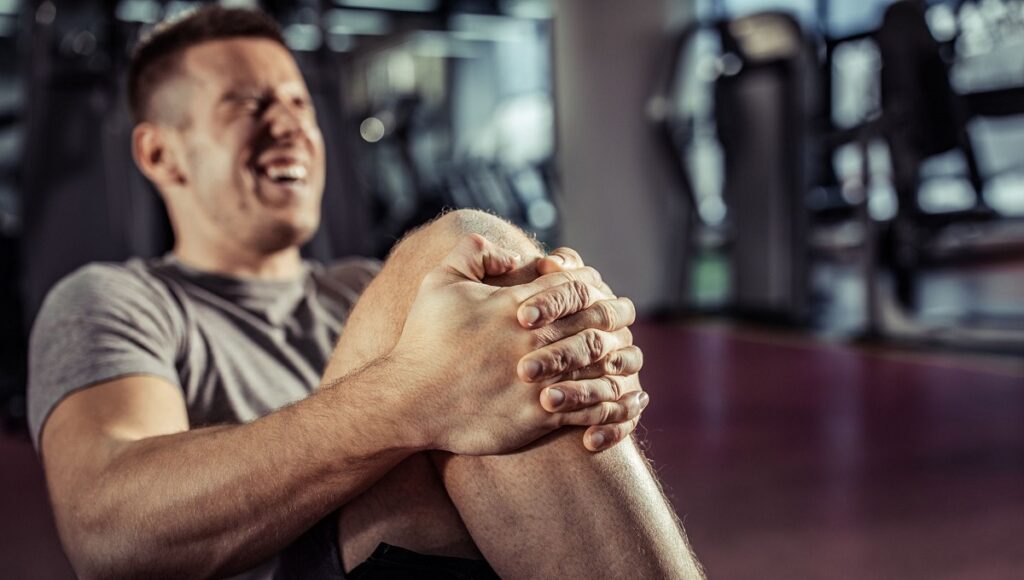
Non-Surgical Blog
Did I Tear Something In My Knee or Is it Nothing?
May 26, 2023

The knee is a complex joint with many different components working together to allow the joint to move and bend smoothly. It is also one of the largest joints in your body, making it vulnerable to a variety of injuries. Knee pain can be debilitating and impact your ability to do even the simplest everyday activities. Some of the most common knee injuries include overuse injuries, degenerative conditions, dislocations, sprains, fractures, and ligament tears.
Chattanooga Non-Surgical Orthopedics can help all types of acute or chronic knee pain from those who are sedentary to world class athletes. Our drug-free, non-surgical solutions change lives every day. Visit our Knee pain page for detailed problems our clinic regularly treats.
The knee is a hinge joint created by the femur (thighbone) and the tibia (shinbone). The patella (kneecap) is the third bone present that covers and protects the joint. There are four main ligaments in your knee as well that hold the bones of the joint together and provide stability:
- Anterior cruciate ligament (ACL)
- Lateral collateral ligament (LCL)
- Medial collateral ligament (MCL)
- Posterior cruciate ligament (PCL)
ACL Tear
The ACL is located inside of the knee joint and connects the top front of the tibia (shinbone) to the bottom back of the femur (thighbone). Together, the ACL and PCL cross each other to form an “X” inside of your knee. The ACL prevents the tibia from sliding too far forward relative to the femur and is important for rotational stability. ACL injuries often occur during sports activities that involve frequent pivoting or cutting, like football, soccer, and basketball. Quickly changing direction or landing from a jump incorrectly can also result in an ACL injury.
Symptoms may include:
- Pain and tenderness with swelling
- A “popping” noise or feeling of the knee giving out
- Difficulty and discomfort while walking
- Loss of full range of motion
MCL Tear
The MCL is located on the inner side of your knee (connecting the bottom of the femur to the top of the tibia) and works to control sideways motion. Injuries to the MCL are usually caused by contact injuries to the outside of the joint that push the knee inward. Football, hockey, and other high contact sports are often responsible for MCL injuries.
Symptoms may include:
- Pain and swelling specifically on the sides of the knee
- Instability or feeling of the knee giving out
ACL and MCL injuries are extremely common and often quite painful. The best thing you can do for a speedy recovery is to visit Chattanooga Non-Surgical Orthopedics immediately following a suspected knee injury to develop a treatment plan that works for you and your lifestyle.

Search our blog posts: